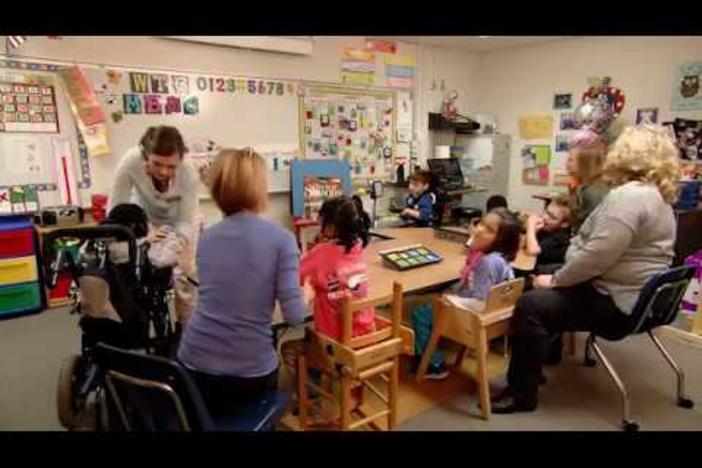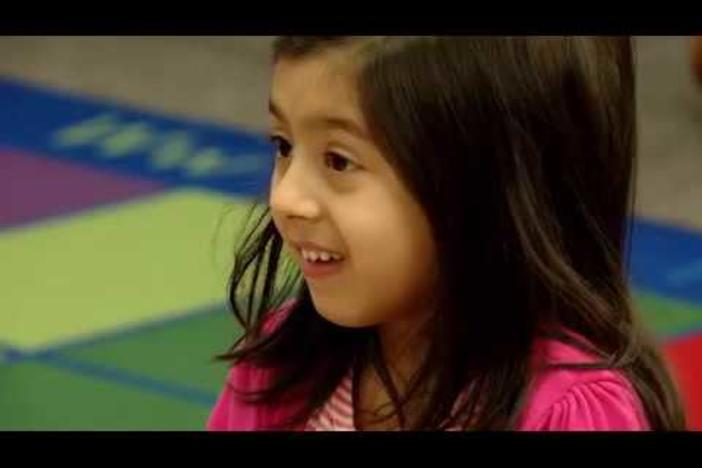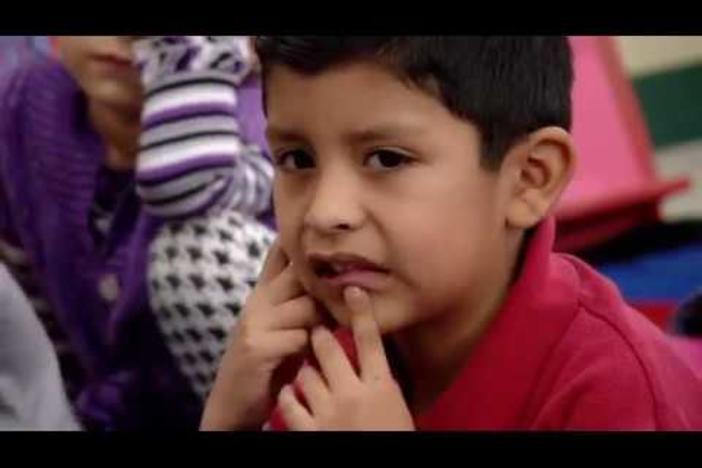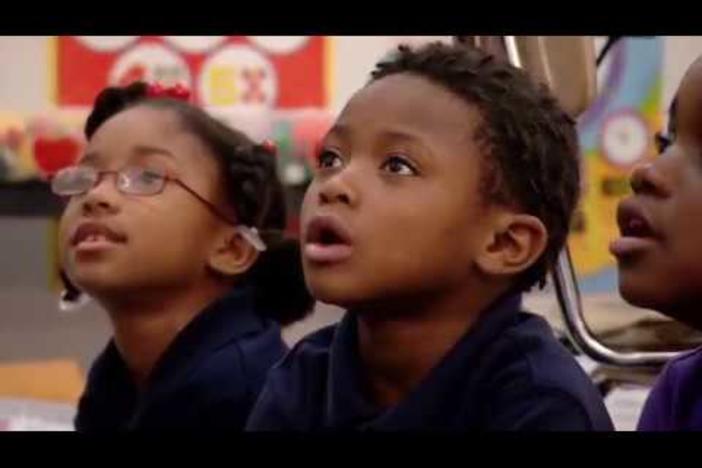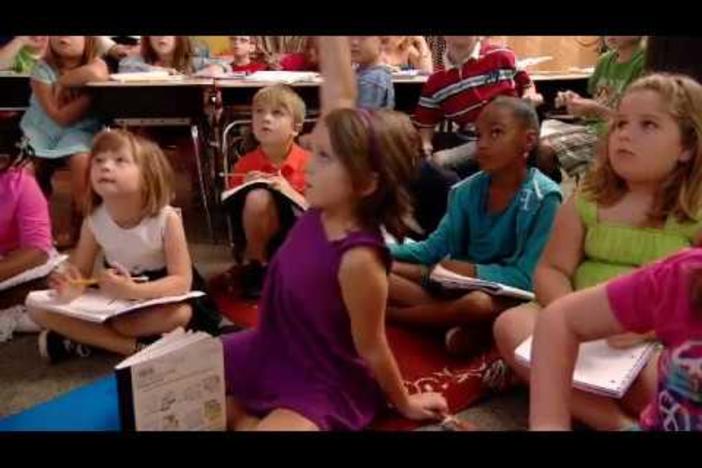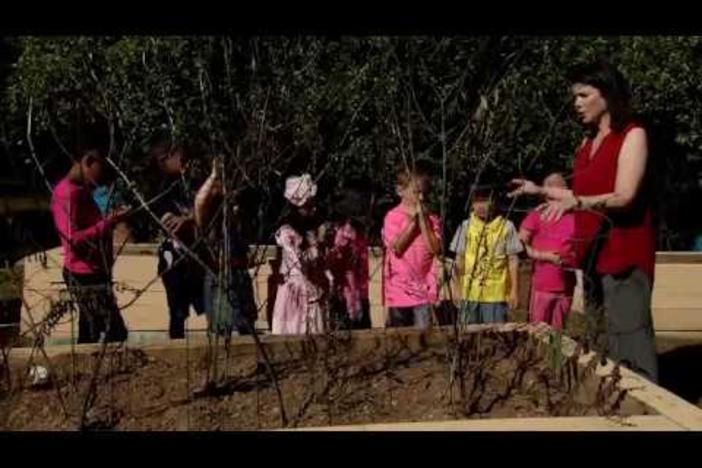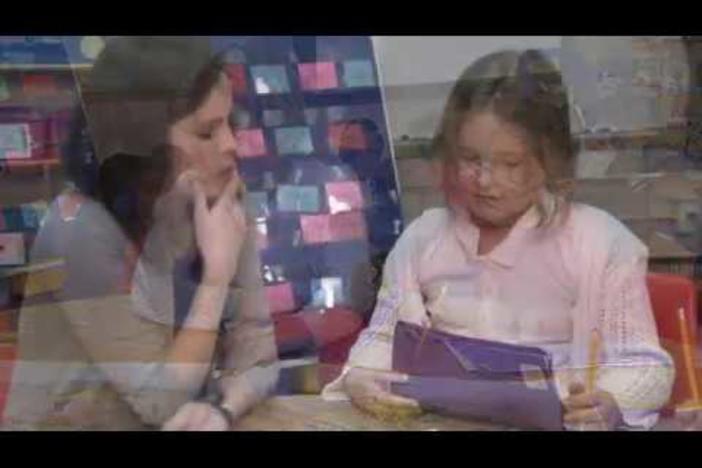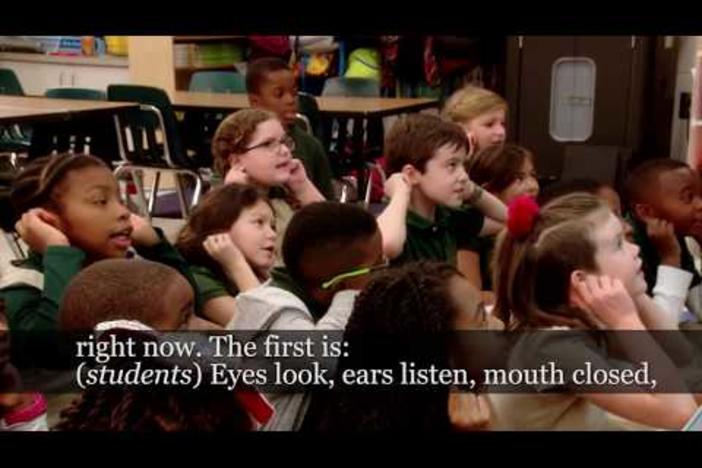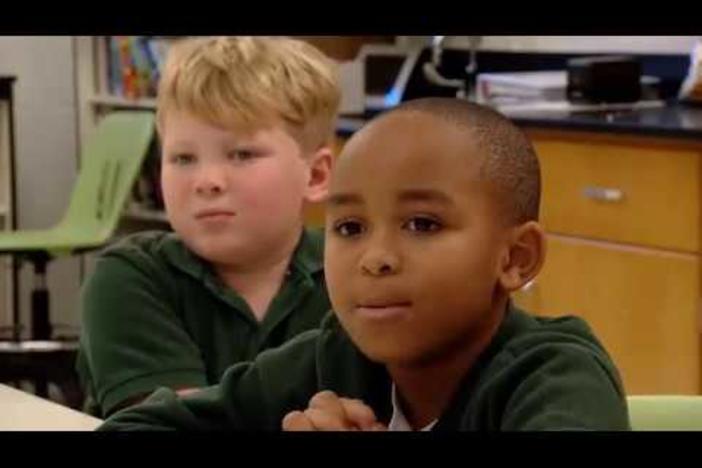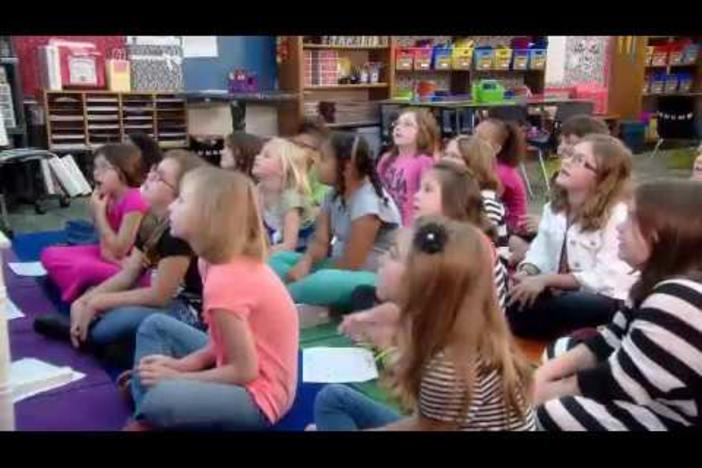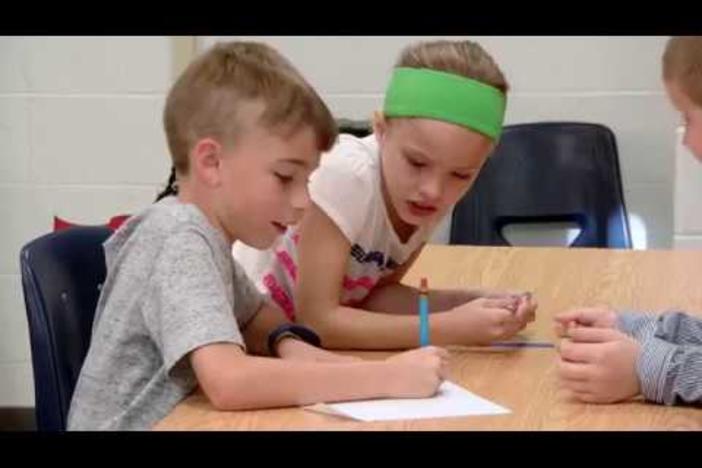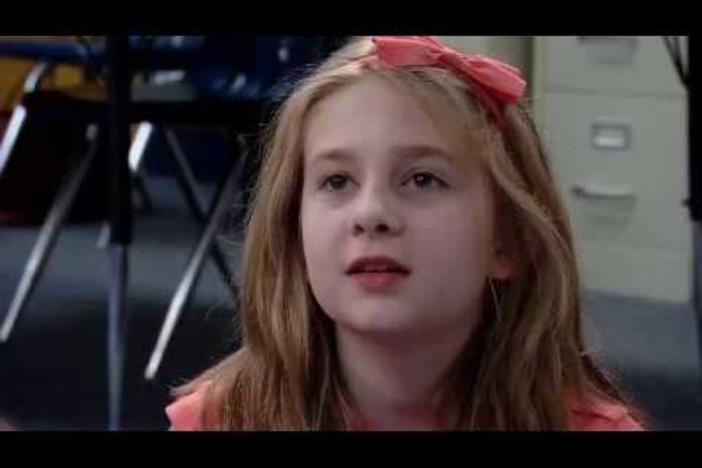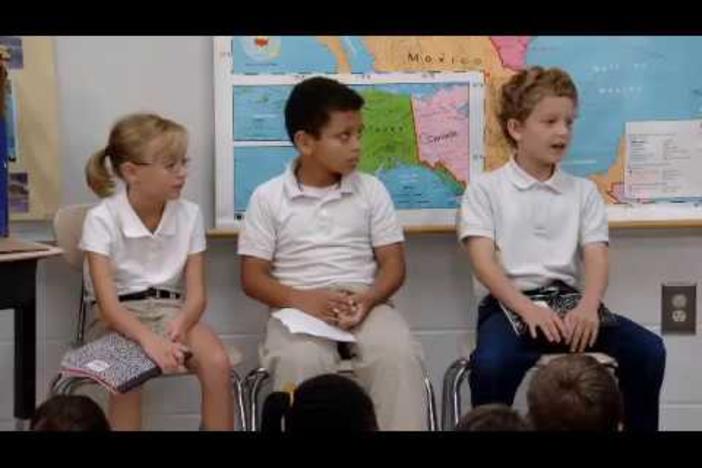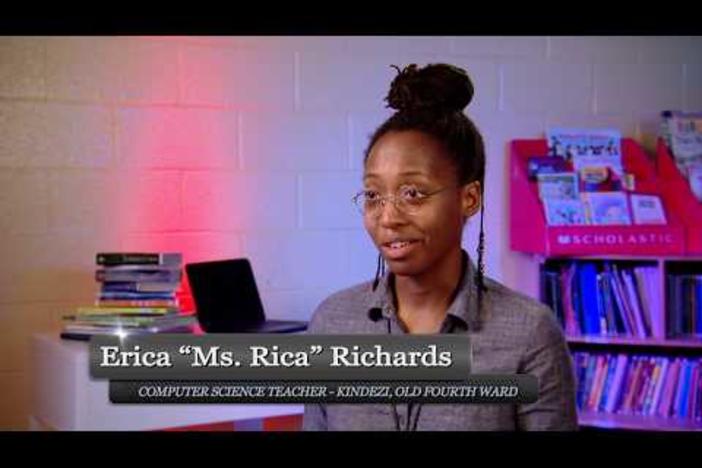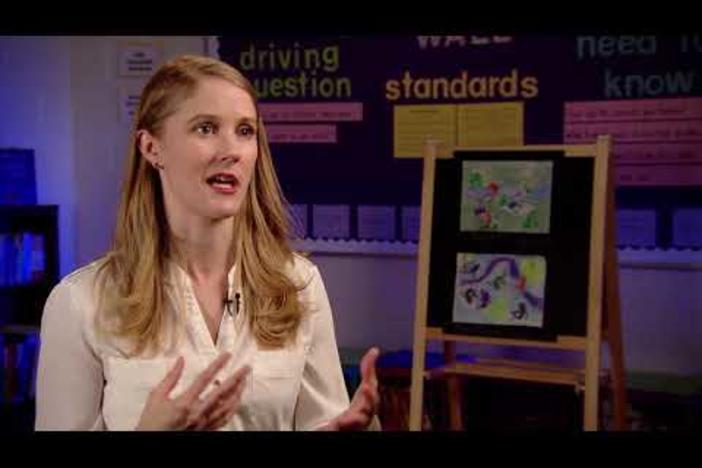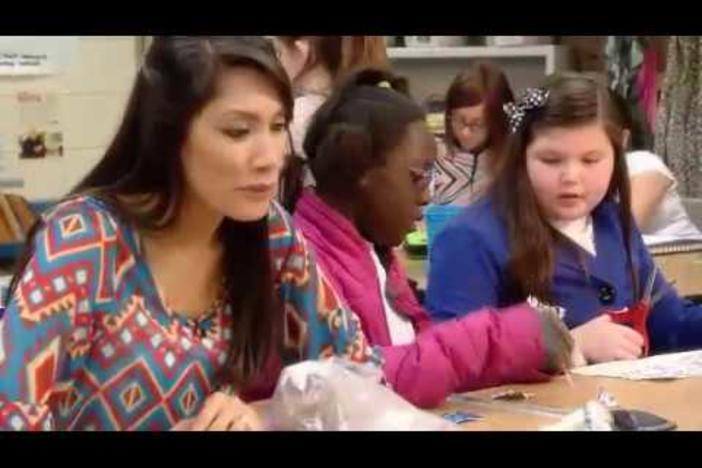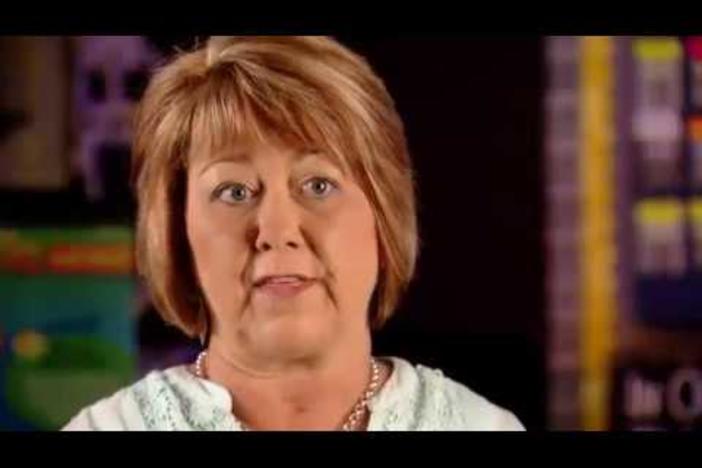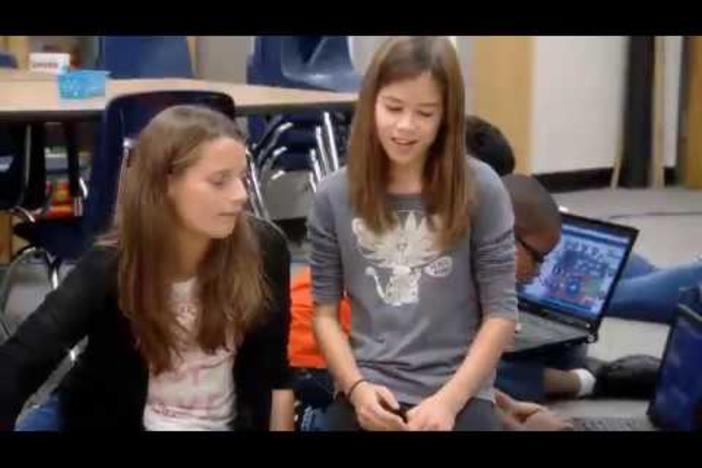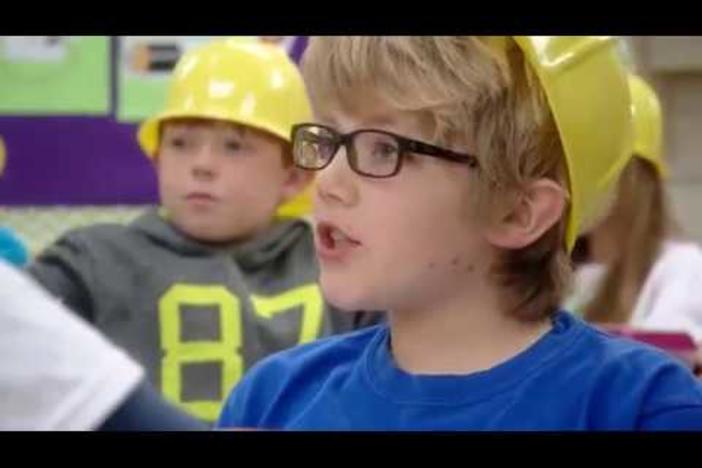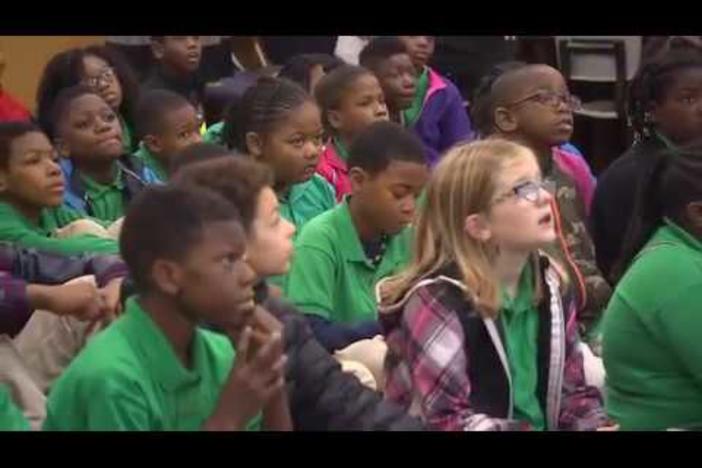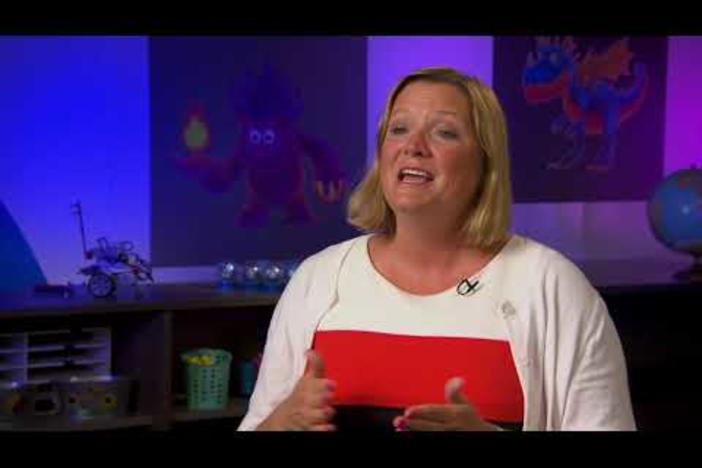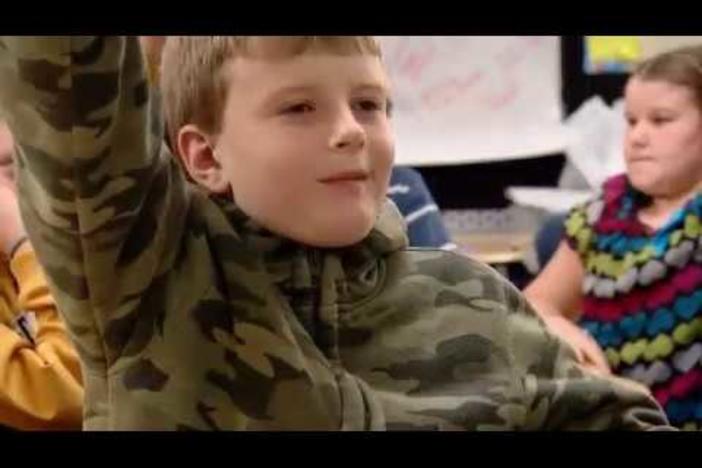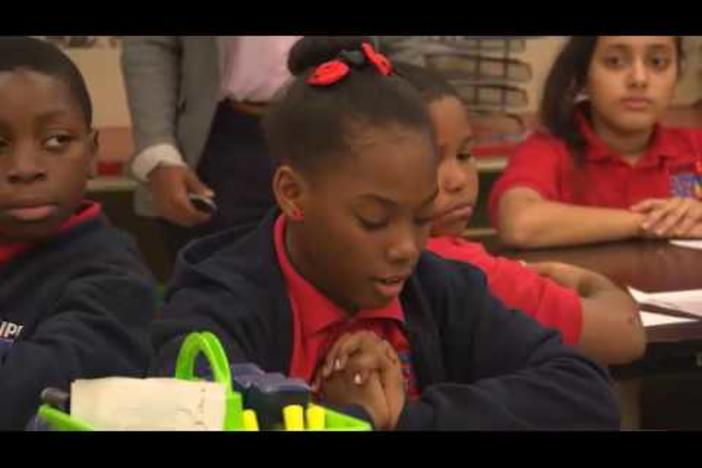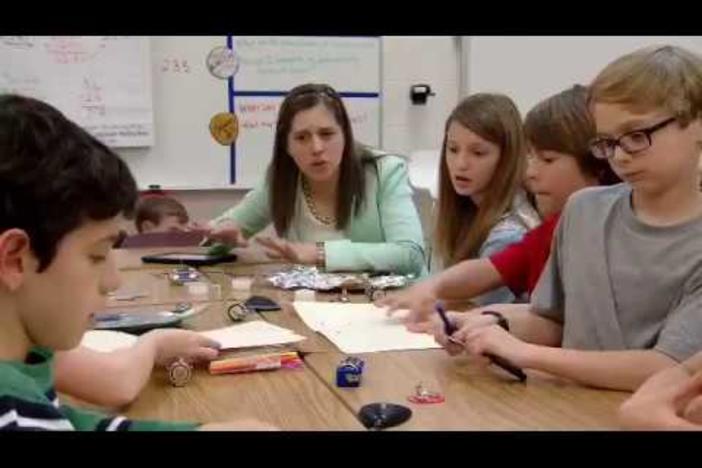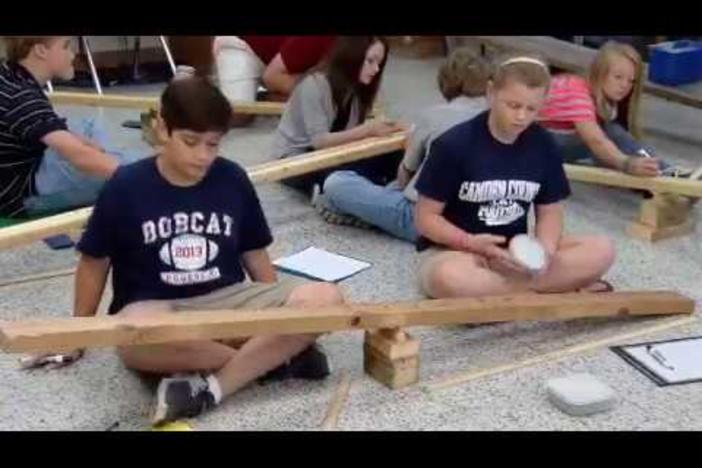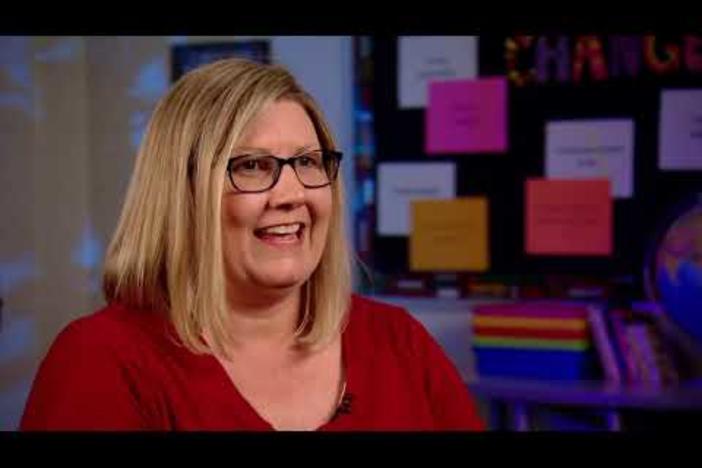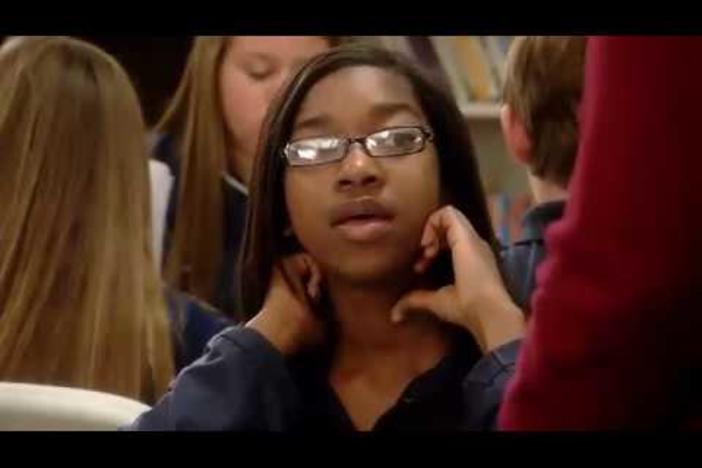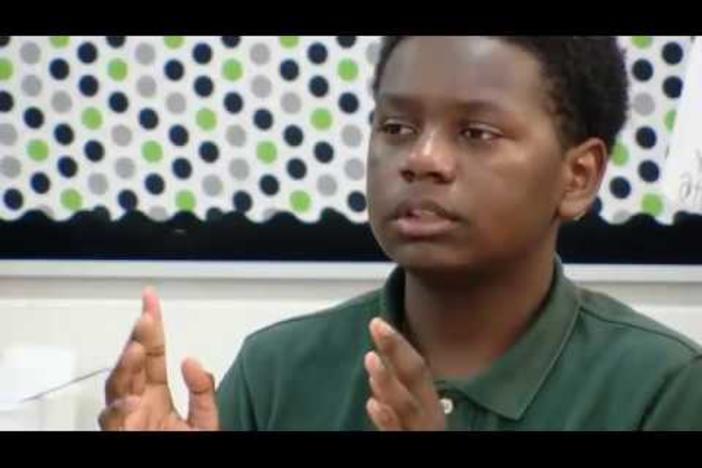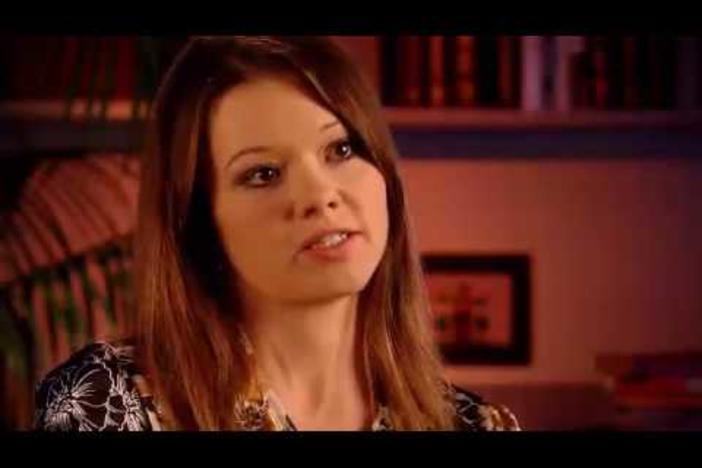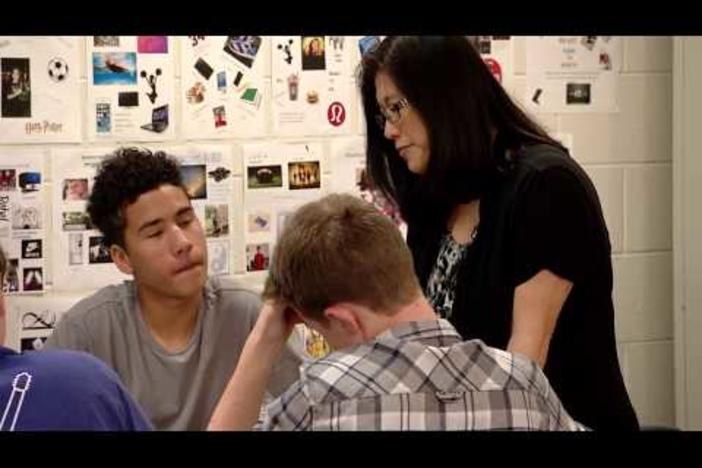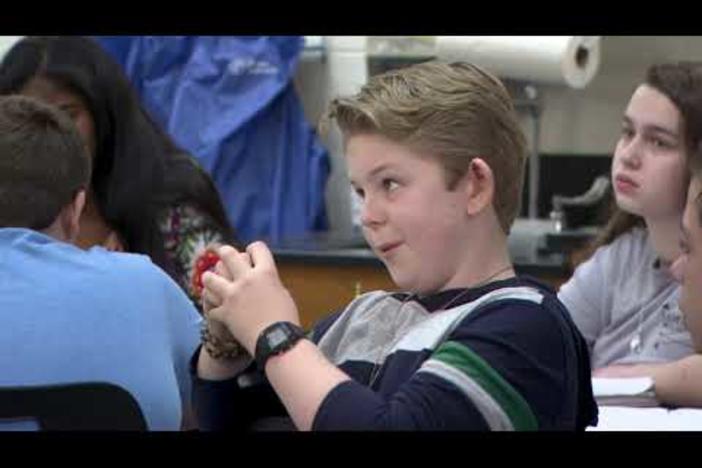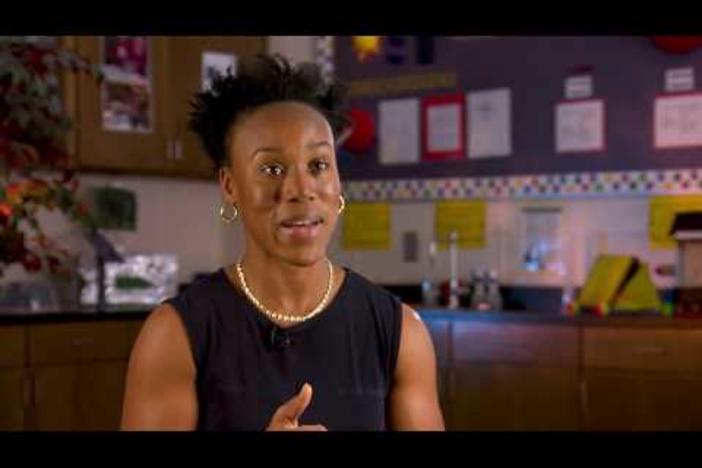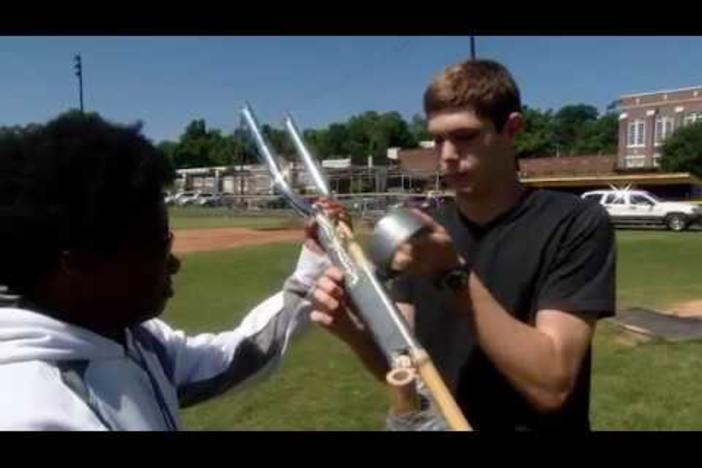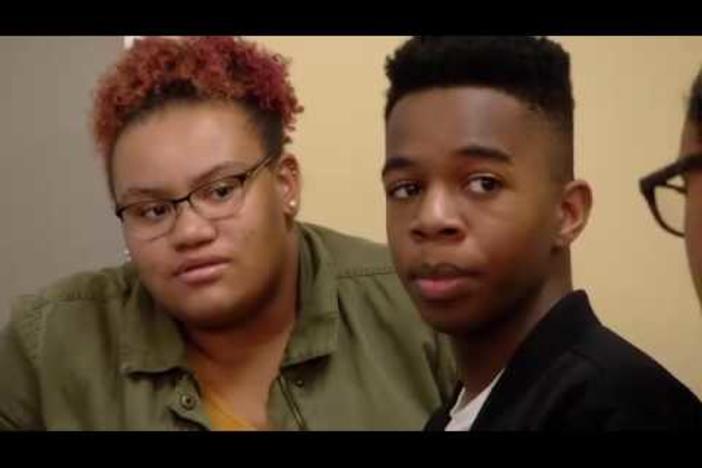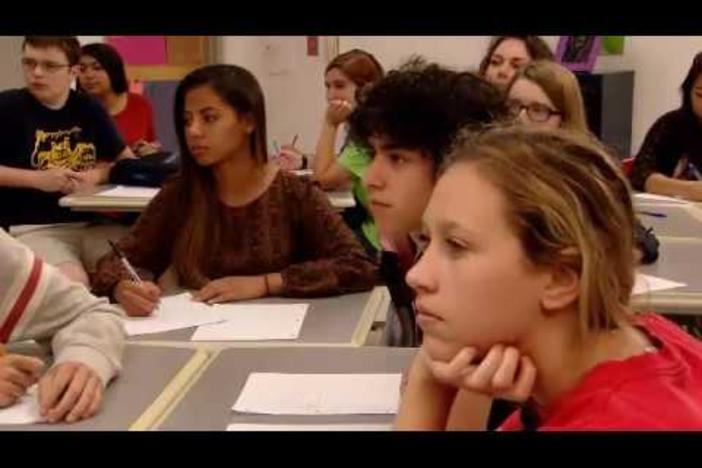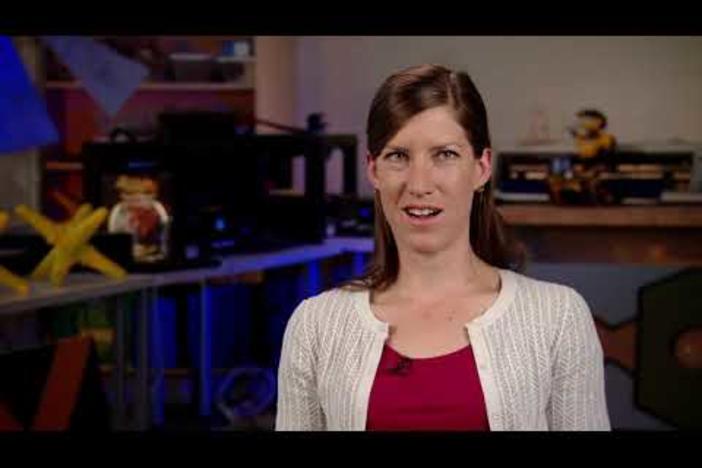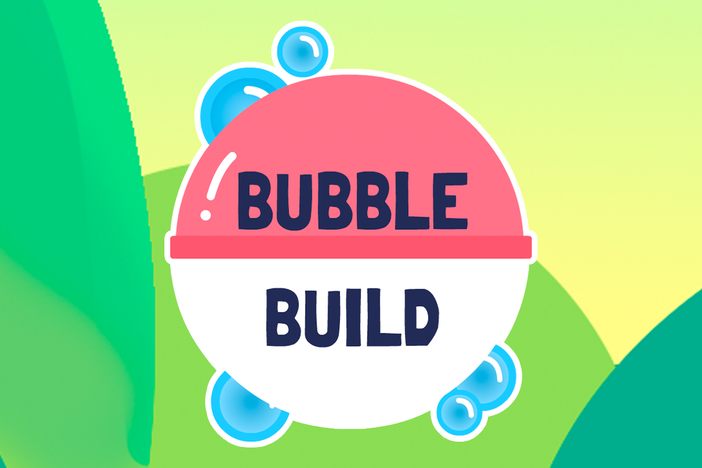Portraying Fairy Tale Characters Using Arts Integration
In this unit, second grade students will master English Language Arts (ELA) standards by assuming the role of a fairy tale character. Specifically, students will use various arts integrated strategies, including Hot Seat, Tableau, and Writing in Role, to develop and practice language and literacy skills. By using these strategies, students will gain meaningful knowledge about character traits and point of view.
Portraying Fairy Tale Characters Using Arts Integration
In this unit, second grade students will master English Language Arts (ELA) standards by assuming the role of a fairy tale character. Specifically, students will use various arts integrated strategies, including Hot Seat, Tableau, and Writing in Role, to develop and practice language and literacy skills. By using these strategies, students will gain meaningful knowledge about character traits and point of view.
English Arts
Ask and answer such questions as who, what, where, when, why, and how to demonstrate understanding of key details in a text.
Recount stories, including fables and folktales from diverse cultures, and determine their central message, lesson, or moral.
Describe how characters in a story respond to major events and challenges.
Describe the overall structure of a story including describing how the beginning introduces the story, the middle provides major events and challenges, and the ending concludes the action.
Acknowledge differences in the points of view of characters, including by speaking in a different voice for each character when reading dialogue aloud.
Use information gained from the illustrations and words in a print or digital text to demonstrate understanding of its characters, setting, or plot.
Participate in collaborative conversations with diverse partners about grade 2 topics and texts with peers and adults in small and larger groups.
Recount or describe key ideas or details from written texts read aloud or information presented orally or through other media.
Ask and answer questions about what a speaker says in order to clarify comprehension, gather additional information, or deepen understanding of a topic or issue.
Tell a story or recount an experience with appropriate facts and relevant, descriptive details, speaking audibly in coherent sentences.
With guidance and support, create audio recordings of stories or poems; add drawings or other visual displays to stories or recounts of experiences when appropriate to clarify ideas, thoughts and feelings.
Produce complete sentences when appropriate to task and situation in order to provide requested detail or clarification. (See grade 2 Language standards 1 and 3 for specific expectations.)
Write opinion pieces in which they introduce the topic or book they are writing about, state an opinion, supply reasons that support the opinion, use linking words (e.g., because, and, also) to connect opinion and reasons, and provide a concluding statement or section.
With guidance and support from adults and peers, focus on a topic and strengthen writing as needed by revising and editing.
With guidance and support from adults, use a variety of tools to produce and publish writing, including digital tools and collaboration with peers.
-
About the Teacher
Angela Sisk
Angela Sisk first began working with children in a daycare setting, which led her to pursue her teaching career. She received her bachelor’s degree from Florida Atlantic University and her master’s degree in education leadership with a technology concentration. Angela believes that an arts-integrated teaching approach has the potential to affect different types of learners, specifically targeting students who struggle to learn with traditional instructional methods. Using Arts Integration in her classroom has led to student engagement and mastery across content areas.


